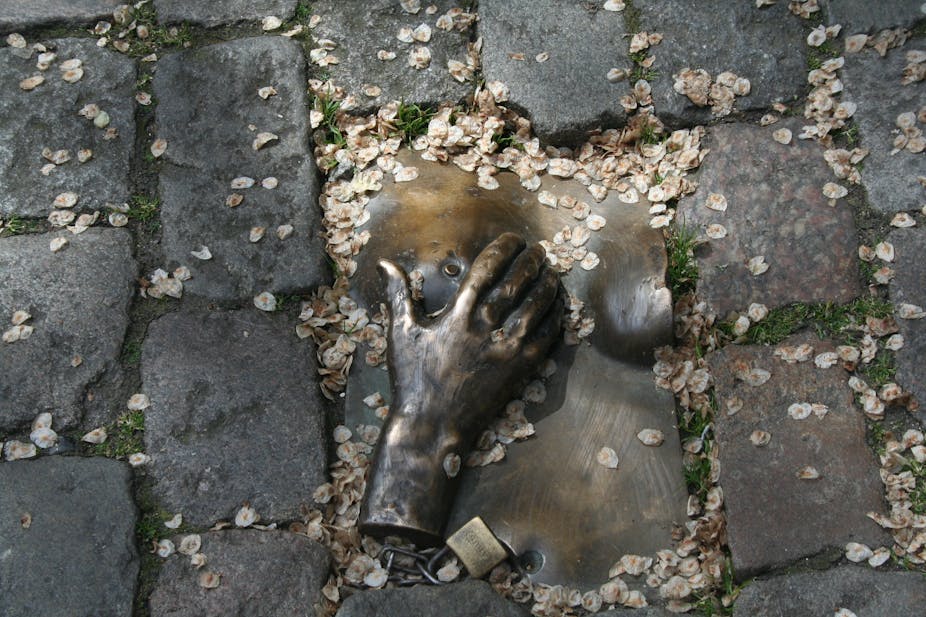Melbourne sex worker Tracy Connelly was brutally murdered in her van last week. In a sad irony, Connelly was killed metres from where sex workers and their allies demonstrated their support for a global campaign to draw attention to violence towards sex workers only a day before.
In comparison to the media coverage after fellow Melbourne woman Jill Meagher was murdered last year, the media silence surrounding Tracy Connelly was deafening for those interested in not only violence against women, but violence against sex workers.
Tracy Connelly, the woman behind the headline, had the love and support of her community and her long-term partner. This has been eloquently explored and compared to the coverage of Jill Meagher by Jane Gilmore in The King’s Tribune. Another question, however, needs to be asked: what are the effects and reasons behind a woman being described as a “prostitute” when reporting on the horrific end to her life?
Sex, and by extension sex for money, is conflated with notions of self. Our sexual identity becomes a signifier to other people about who we are, and in the case of Tracy Connelly, who we are in death. Both major Victorian newspapers, The Age and the Herald Sun, identified Connelly as a prostitute in their headlines. Both articles spoke about the inherent danger of her work, including her understanding of this danger and also her preference not to work in sex work.
Identifying victims of violent crime as “prostitutes” has a distancing effect: it makes “normal” women feel safe. This good girl/bad girl binary interacts with the normal man/client binary to create “extraordinary” circumstances within which this violence can occur. Arguably, when “good” women are murdered by men, this creates a threat to all women and a woman’s place/space of work or how outside of normalised sexual activities she steps is no longer relevant.
Referring to female sex workers as “prostitutes” in the media is not new, but it is a sobering reminder of how pervasive negative understandings of sex work and sex workers are. These understandings originate from various “expert” fields of knowledge including psychology, medicine, sexology, religious doctrine and various feminist perspectives, through which sex workers are positioned as dirty, diseased, sinful, deviant and victims.
The term “prostitute” does not simply mean a person who sells her or his sexual labour (although rarely used to describe men in sex work), but brings with it layers of “knowledge” about her worth, drug status, childhood, integrity, personal hygiene and sexual health. When the media refers to a woman as a prostitute, or when such a story remains on the news cycle for only a day, it is not done in isolation, but in the context of this complex history.
This stigma is far-reaching and arguably does more damage to women who work in sex work than the actual work. This stigma feeds into understandings of women that are violence-supporting and referring to victims of violence as “prostitutes” continues to “other” these women and locates them as somehow deserving: she knew the danger. More than that, it feeds into violence-supporting attitudes about all women.
While changing such embedded understandings about gender and sex work is slow going, there is movement happening in this space. Many activists and lobby groups are working to resist sex workers being positioned in such negative ways and assert their as human rights, as well as creating health initiatives that seek to redress negative stereotypes about women and men in general that are violence-supporting.
The ways that sex workers are portrayed in the media is also changing. However, the reduction of Tracy Connelly’s humanity to that of simply “prostitute” reminds us that there is still a way to go.

